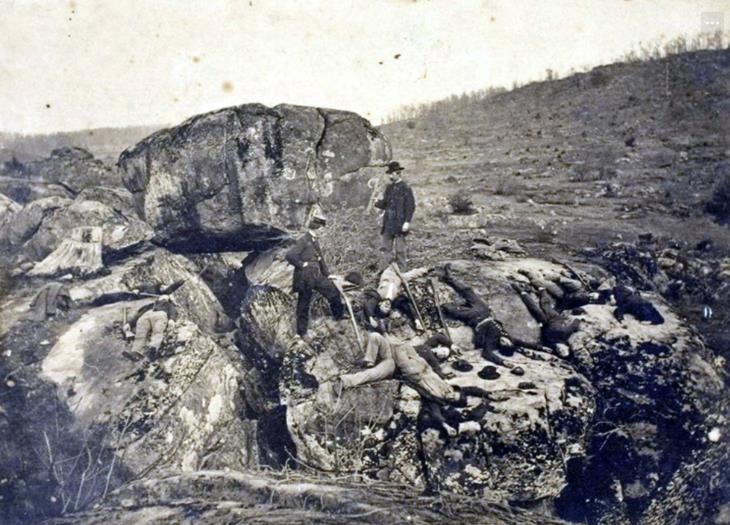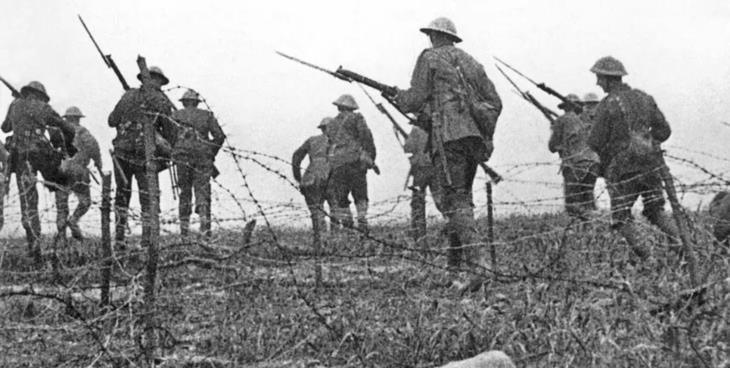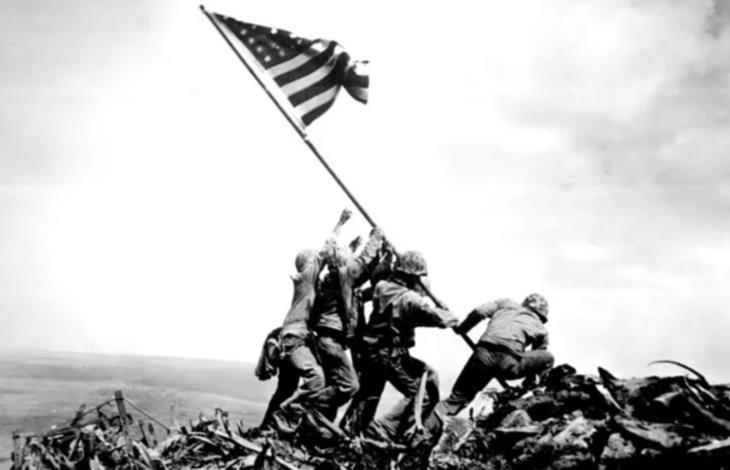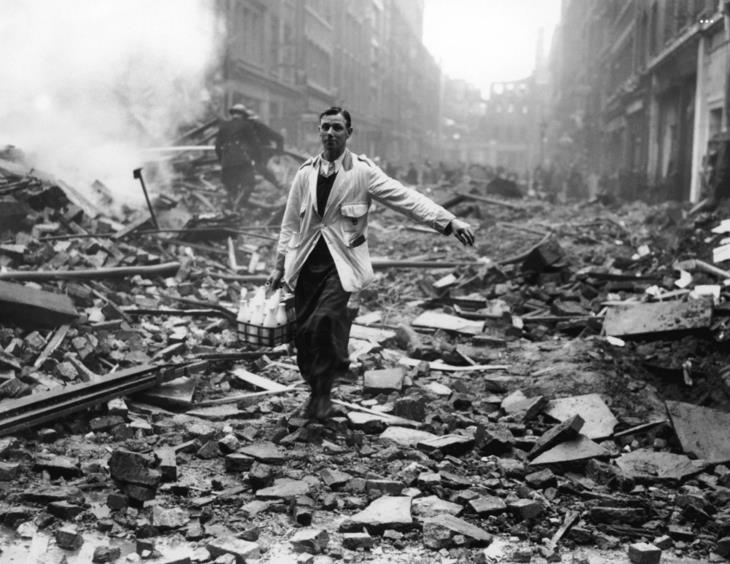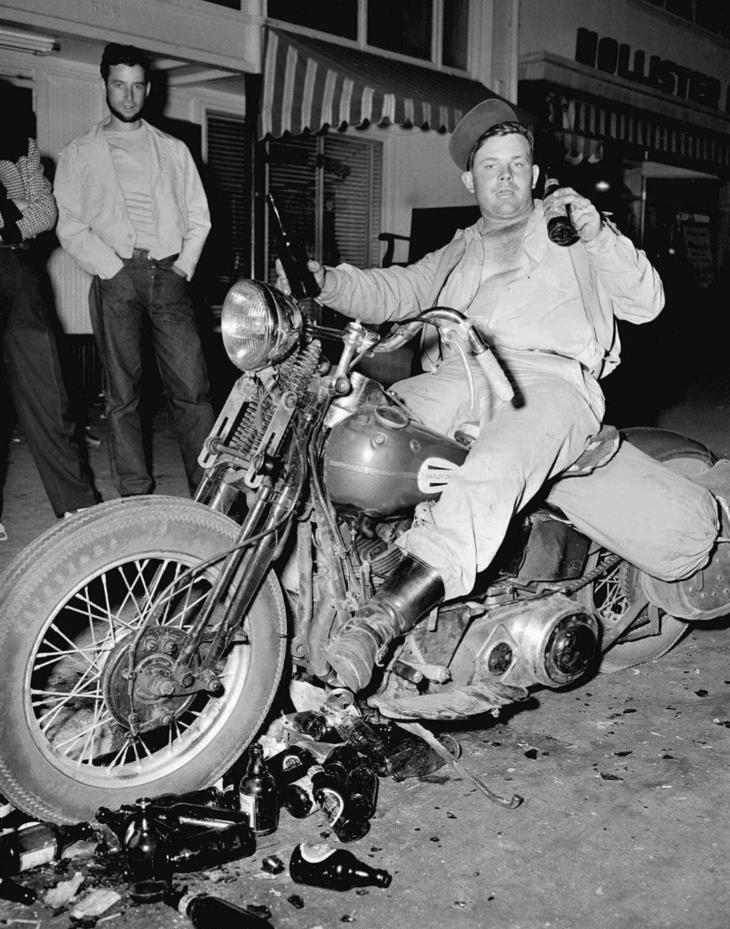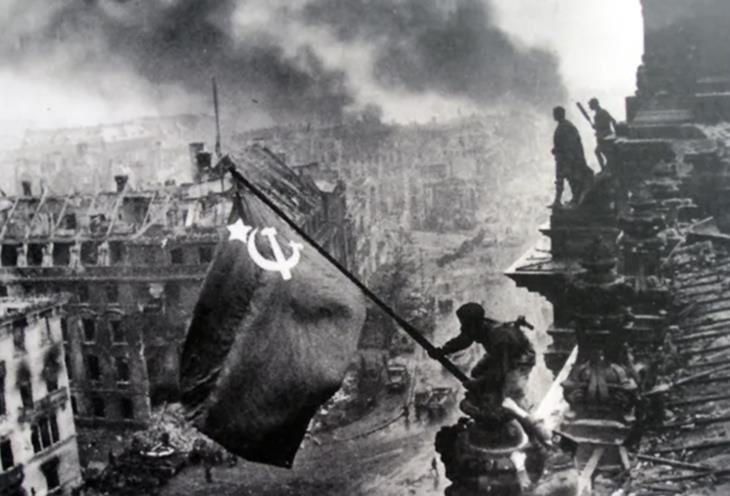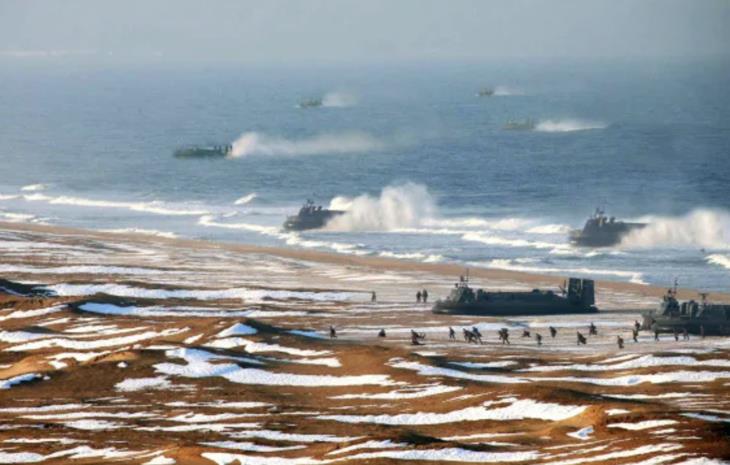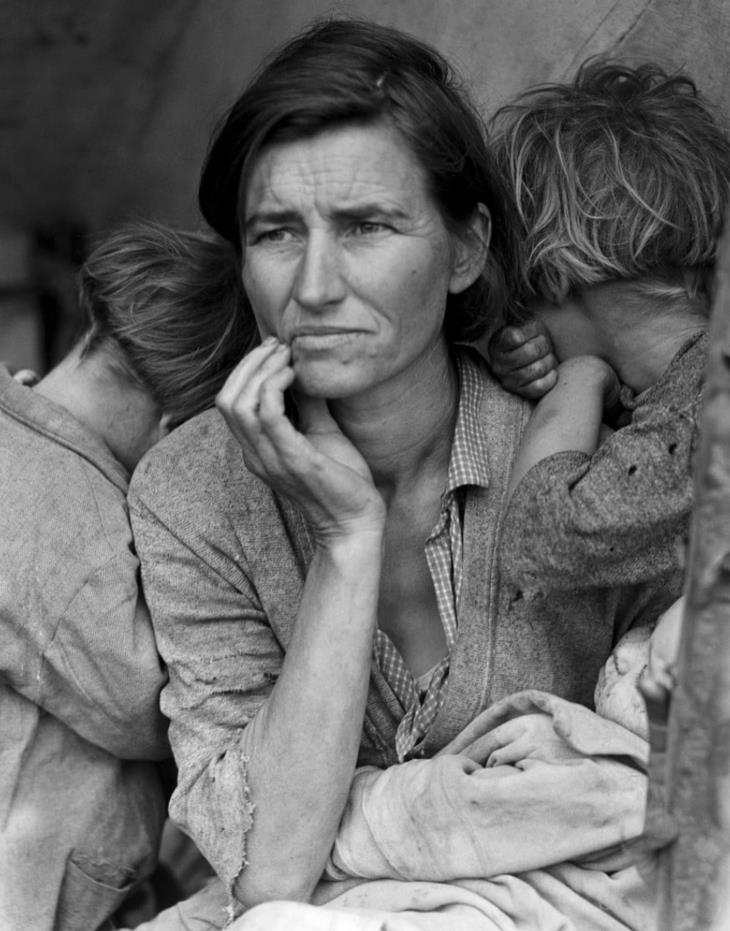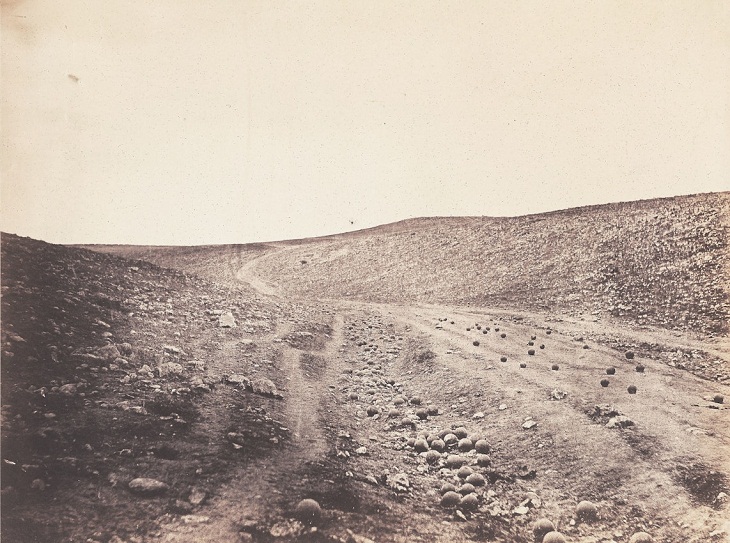The striking photo of a German World War I plane going down is just a model. During WWI, cameras weren’t advanced enough to capture real dogfights, but the public’s curiosity about aerial combat was intense. These staged photos, while not genuine, were crafted using pilots’ memories of actual battles, offering a vivid, if not entirely accurate, portrayal of the era’s air warfare.
2.
The famous photograph of "dead" soldiers in Devil's Den, taken by Alexander Gardner in November 1863, months after the Battle of Gettysburg, was staged. The bodies were repositioned or even brought from a nearby battlefield to create a more dramatic and poignant image, revealing the dark side of war photography. This staged photograph was meant to convey the battle's intensity, but its artificial nature has sparked controversy over the manipulation of war imagery.
3.
This photograph of British infantrymen was staged behind the front lines during World War I. It shows soldiers pretending to advance through barbed wire, but the scene was actually set up for the camera. The wire was likely placed in a safe area, and the soldiers were positioned to create the illusion of being in No Man’s Land. This was done to capture the propaganda value of showing brave soldiers heading into battle.
4.
Jo Rosenthal's iconic photo of the raising of the U.S. flag on Mount Suribachi was a reenactment that took place hours after the actual event. The original flag-raising had occurred earlier in the day, but the photographer, Joe Rosenthal, returned to the scene with a larger flag and a group of Marines to recreate the moment, capturing the iconic image that would become a symbol of the war.
5.
On October 9, 1940, Fred Morley captured an enduring image of a milkman amid the rubble of London, symbolizing resilience during the Blitz. This staged photo, taken during the 32nd consecutive day of German bombings, juxtaposed the mundane task of milk delivery against the backdrop of destruction.
Morley intended to bypass censors who suppressed images of devastation, aiming to show the world that Londoners remained steadfast. The photograph, approved for its portrayal of normalcy, was published the next day, embodying the spirit of the stoic British enduring the war's hardships.
6.
The staged photo from the 1947 Hollister, California, motorcycle rally was created to sensationalize the event and sell magazines. It depicted a man on a motorcycle surrounded by broken bottles, suggesting chaos and lawlessness. This image, published in Life magazine, exaggerated the actual events and contributed to the negative stereotype of bikers, influencing the creation of the movie "The Wild One."
7.
The iconic photo of a Soviet soldier raising the Soviet flag over the Reichstag in Berlin, taken by Yevgeny Khaldei in 1945, was staged. Khaldei wanted to recreate the American Iwo Jima photo. The image was captured on May 2, 1945, but Khaldei made adjustments later. He replaced the soldier's submachine gun with a more photogenic rifle and removed a watch from his wrist, seen as too bourgeois. The banner was also a replacement, as the original was too small. The background was enhanced with smoke to make it more dramatic.
8.
The image depicts a North Korean military exercise from 2013, digitally altered to exaggerate the number of participating troops and landing craft. The original photo shows a relatively small number of amphibious vehicles landing on a beach, with a few dozen soldiers. To create the illusion of a larger force, the image was manipulated by duplicating and repositioning existing elements, such as the landing craft and soldiers, leading to an artificially inflated representation of the exercise's scale.
9.
Dorothea Lange's iconic "Migrant Mother," taken in 1936 during the Great Depression, portrays Florence Owens Thompson, a pea picker, with her children. The photograph, commissioned by the Farm Security Administration, powerfully captures the hardship and despair of the era's migrant workers. Lange's evocative composition, focusing on Thompson's worried expression and the children's vulnerability, helped influence public opinion and policy during this challenging time in American history.
10.
Roger Fenton's "Valley of the Shadow of Death" (1855), depicting cannonballs scattered across a Crimean battlefield, was likely staged. Although presented as a realistic depiction of war, evidence suggests Fenton arranged the cannonballs for visual impact. The precise placement and even spacing of the cannonballs, along with the lack of other battlefield debris, indicate deliberate arrangement rather than a spontaneous capture of a chaotic scene. This staging raises questions about the objectivity of early war photography.


